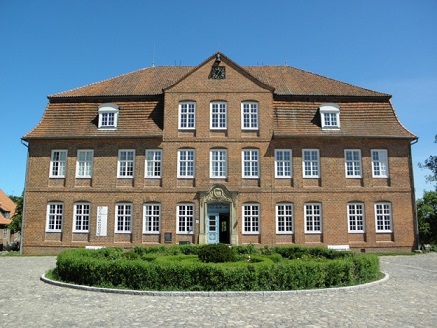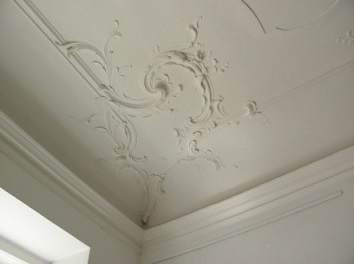The Plüschow Manor. A Baroque Castle in Mecklenburg

The Plüschow manor is an outstanding example of Baroque art during in Northern Germany. While the Italian or even the Southern German Baroque is characterized by a highly adorned way, the architecture of the Baroque Period in Northern Germany seems to be more plain and less ornamental. Main influences came especially from the neighbouring countries, like the Netherlands and Sweden.
The construction of the manor in Plüschow started in 1763, financed by the Hamburg merchant Philipp Heinrich Stenglin. In 1802, the manor was handed over to the hereditary prince of Meck-lenburg Frederic Ludwig.

Unfortunately, the architect’s name of the eleven-axled structured house couldn’t be found in the records of Stenglin. Art historians assume, because of its proximity to the Hanseatic city of Lübeck and its related style, that the architect came from there.
The clearly structured brick made front of the manor is very typical for the Northern German Ba-roque Art. The frontage is also structured through two strict rows, with each 11 arched windows. The triangular gable in the middle of the manor supports the majestic appearance. The mansard roof refers to a French influence and got nearly the same level as the rest of the building. The entrance is framed by a rococo portal with lavished shellwork.

The ceilings of the interior space are decorated with glorious stucco work. In the upper floor, there are three classicistic adorned stoves from 1810, when the new owner, Prince Frederic Ludwig resided at Plüschow.
Today, the whole building is used as a home for artists and their exhibitions. For them, it is also possible, to rent an atelier at the manor.
Tourists can visit Plüschow by car or by train, the RE between Lübeck and Szczecin, rests at the village.
